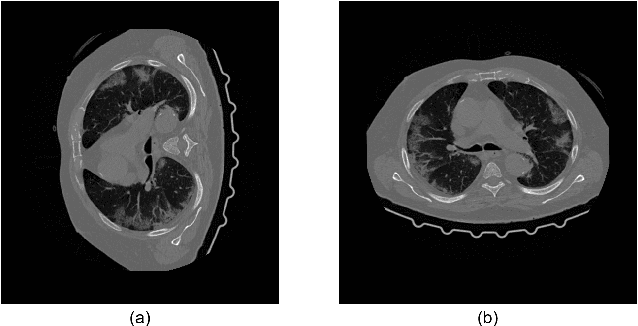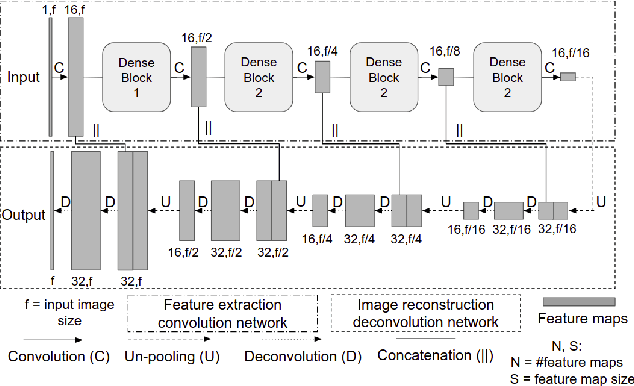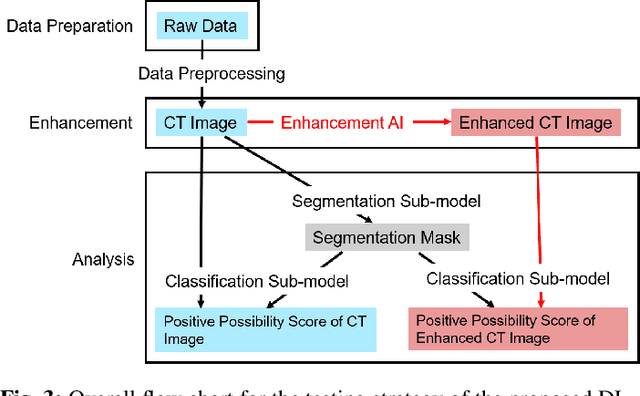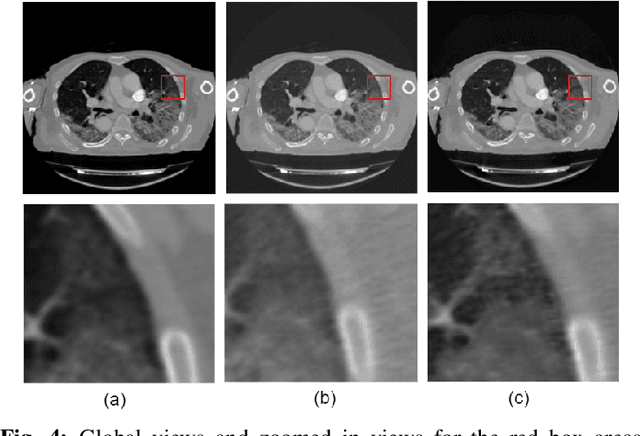Guohua Cao
A Deep-Learning Framework for Improving COVID-19 CT Image Quality and Diagnostic Accuracy
Dec 16, 2021



Abstract:We present a deep-learning based computing framework for fast-and-accurate CT (DL-FACT) testing of COVID-19. Our CT-based DL framework was developed to improve the testing speed and accuracy of COVID-19 (plus its variants) via a DL-based approach for CT image enhancement and classification. The image enhancement network is adapted from DDnet, short for DenseNet and Deconvolution based network. To demonstrate its speed and accuracy, we evaluated DL-FACT across several sources of COVID-19 CT images. Our results show that DL-FACT can significantly shorten the turnaround time from days to minutes and improve the COVID-19 testing accuracy up to 91%. DL-FACT could be used as a software tool for medical professionals in diagnosing and monitoring COVID-19.
Sinogram interpolation for sparse-view micro-CT with deep learning neural network
Feb 12, 2019Abstract:In sparse-view Computed Tomography (CT), only a small number of projection images are taken around the object, and sinogram interpolation method has a significant impact on final image quality. When the amount of sparsity (the amount of missing views in sinogram data) is not high, conventional interpolation methods have yielded good results. When the amount of sparsity is high, more advanced sinogram interpolation methods are needed. Recently, several deep learning (DL) based sinogram interpolation methods have been proposed. However, those DL-based methods have mostly tested so far on computer simulated sinogram data rather experimentally acquired sinogram data. In this study, we developed a sinogram interpolation method for sparse-view micro-CT based on the combination of U-Net and residual learning. We applied the method to sinogram data obtained from sparse-view micro-CT experiments, where the sparsity reached 90%. The interpolated sinogram by the DL neural network was fed to FBP algorithm for reconstruction. The result shows that both RMSE and SSIM of CT image are greatly improved. The experimental results demonstrate that this sinogram interpolation method produce significantly better results over standard linear interpolation methods when the sinogram data are extremely sparse.
 Add to Chrome
Add to Chrome Add to Firefox
Add to Firefox Add to Edge
Add to Edge